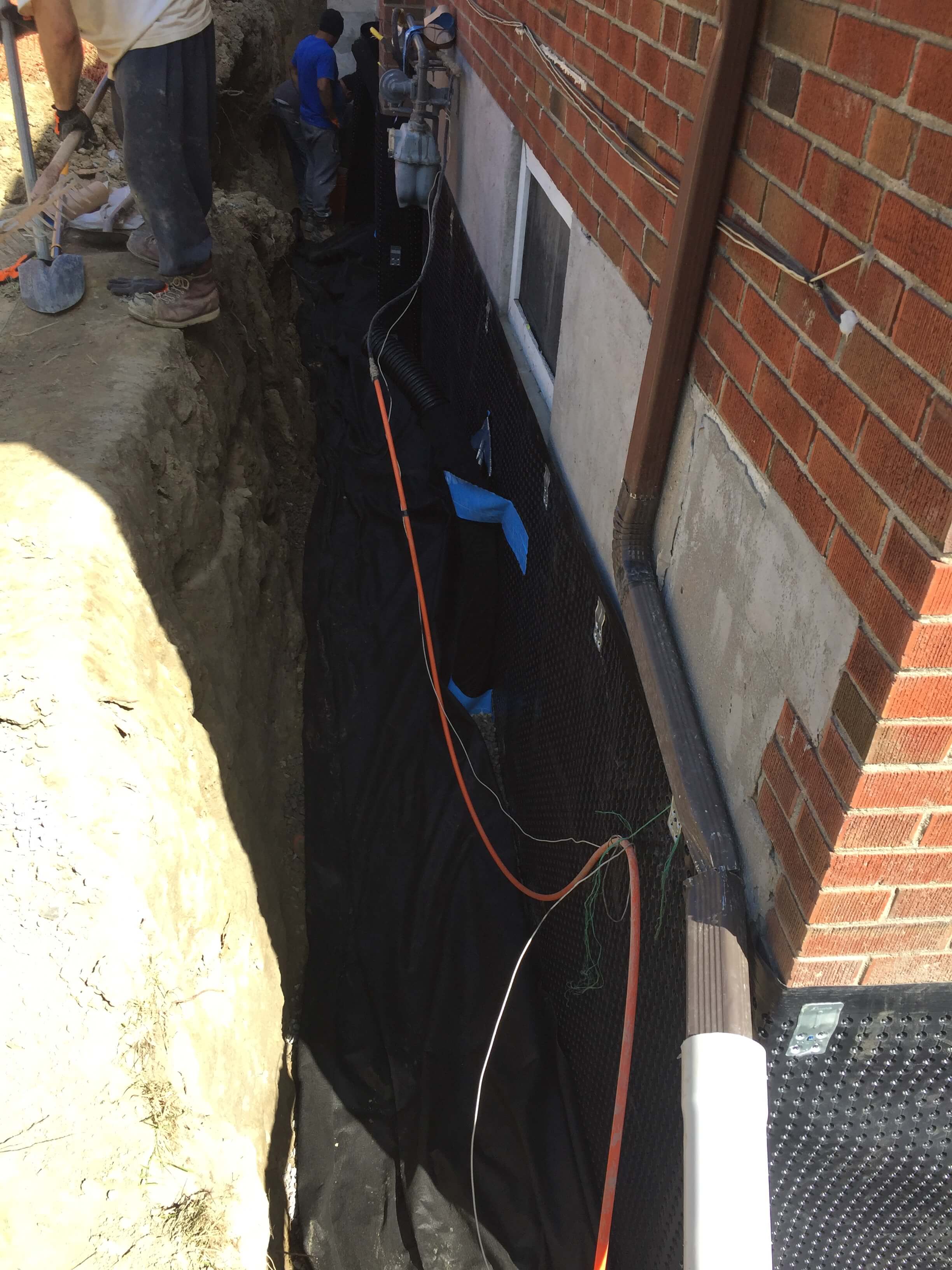The Definitive Guide to Protecting Your Home
Water proofing is a vital aspect of home maintenance that often gets ignored until it’s too late. Many house owners assume that as long as their roofs are in good shape and their cellars are dry, they are safe from water damage. However, the reality is that water can seep into the most unexpected places, leading to expensive repairs and health risks stemming from mold and mildew. Comprehending the significance of waterproofing for every home and building is necessary for protecting your assets and ensuring a secure environment for your family.
In this comprehensive guide to waterproofing, we will explore what you must know to defend your property from water damage. From the indicators that suggest your home may need waterproofing to the different methods available, we will offer insights into how waterproofing can save you a lot in repairs. Whether you’re considering DIY solutions or looking to hire professionals, this thorough resource will help you make informed decisions and dispel common false beliefs about waterproofing. Join us as we explore the world of waterproofing and learn how to keep your home safe, moisture-free, and mold-free.
The Importance of Waterproofing
Sealing against water is a critical aspect of home maintenance that often gets overlooked. It functions as a preventive strategy against different forms of water damage, which can result in significant structural problems and costly repairs. When water penetrates a structure, it can compromise foundations, damage walls, and facilitate the growth of mold and mildew. By purchasing waterproofing solutions, homeowners can defend their properties from these risks and ensure a healthy living environment.
One of the main reasons waterproofing is important is its role in maintaining property value. A home that is free from water damage is more desirable to potential buyers and can obtain a higher price in the real estate market. On the other hand, a home with water concerns can discourage buyers and result in a lower sale price. Regularly waterproofing different areas of a property, such as lower levels, roofs, and bathrooms, can boost the longevity and overall appeal of the home.
Moreover, waterproofing enhances energy efficiency. When buildings are properly sealed against water intrusion, they are better sealed, which can cause lower heating and cooling costs. This not only helps save homeowners money on utility bills but also advocates for sustainable living methods. basement waterproofing , waterproofing is not just about stopping damage; it is an commitment in the property’s future, its value, and its effectiveness.
Do-It-Yourself vs. Expert Waterproofing

When evaluating waterproofing options for your home, one of the first choices you'll face is whether to tackle the project on your own or hire a professional. DIY waterproofing can be an attractive choice for homeowners looking to reduce money and manage of the process. Basic tasks like putting on waterproof coatings to walls or sealing small cracks can often be done with minimal tools and materials. Many homeowners find reward in saving costs while learning valuable skills through hands-on work.
However, there are several important aspects to keep in mind when pursuing do-it-yourself waterproofing projects. For example, improper application of sealing products may lead to expensive errors or insufficient protection against water damage. Additionally, certain waterproofing jobs, especially in basements or foundations, may require specialized knowledge and tools that the average homeowner might not have. This can result in unexpected issues that could have been easily handled by a experienced professional.
On the other hand, employing a professional waterproofing contractor brings expertise and know-how that can ensure comprehensive protection for your home. Professionals can quickly identify trouble spots and recommend tailored solutions that meet your specific needs. While the initial costs may be more expensive, their work often saves you money in the future by preventing significant water damage and the related repair costs. Ultimately, your choice between do-it-yourself and expert waterproofing should take into account your skills, the complexity of the project, and your budget.
Signs Your Property Needs Waterproofing
A most critical indicators that a property needs to be waterproofed is the presence of dampness on walls or floors. If you detect wet patches, particularly in areas like cellars or underneath your home, this suggests that water is infiltrating your house. Additionally, peeling paint or wallpaper can also indicate moisture problems. It’s crucial to address these problems promptly to prevent additional damage and mold growth, which can be dangerous to your health.
A further sign is the odor of mildew or mustiness in your home. If specific areas consistently have a damp odor, it implies that water is stuck in those spaces, forming an ideal environment for mold and bacteria to thrive. Ignoring these signs can lead to a more extensive infestation and expensive repairs down the line. Regularly checking for these odors can keep your living environment healthy and free from potential health hazards.
In conclusion, if you experience regular flooding or water accumulation around the property, it's a obvious sign that you need waterproofing is necessary. Even small water intrusion during intense rainstorms can accumulate over time, leading to serious damage to your foundation and structure. Outdoor structures and landscaping that exhibit erosion or deterioration from water exposure also highlight the need for appropriate waterproofing solutions. Taking action when you first observe these signs can save you thousands in repairs and protect your investment in your home.